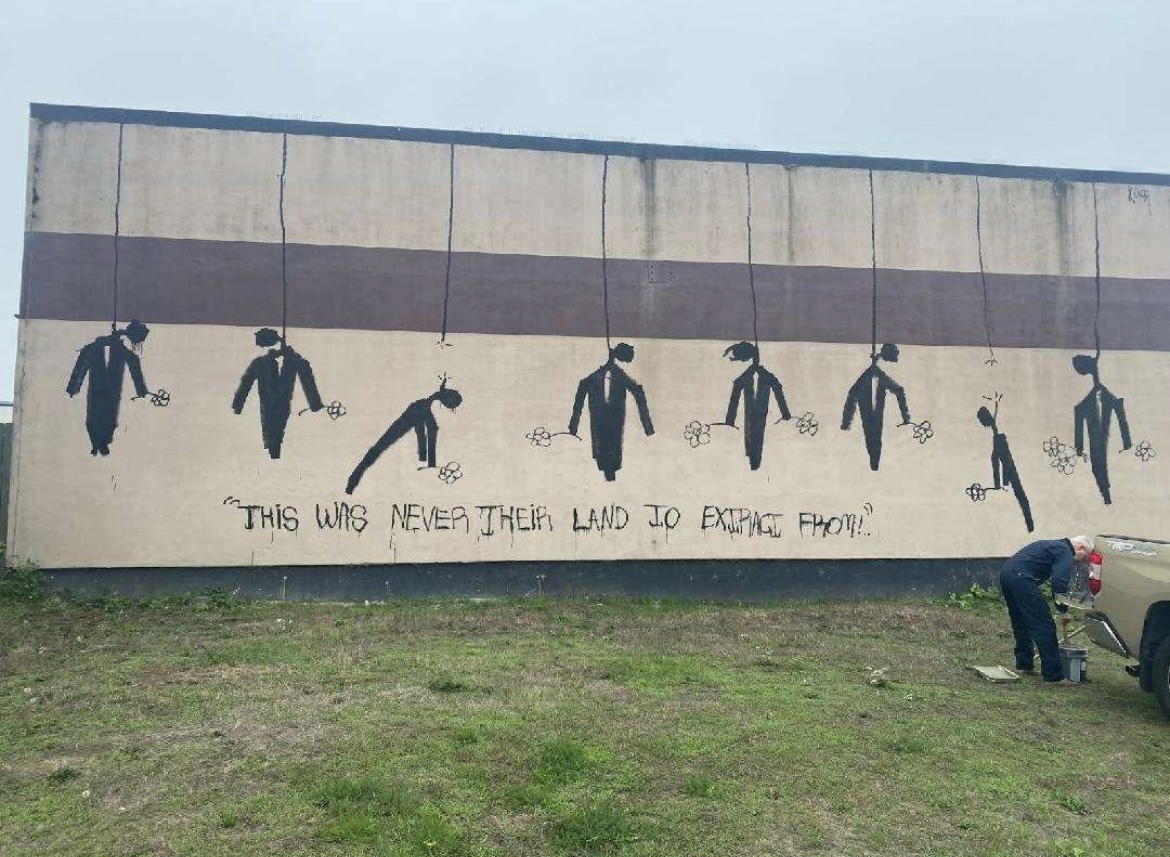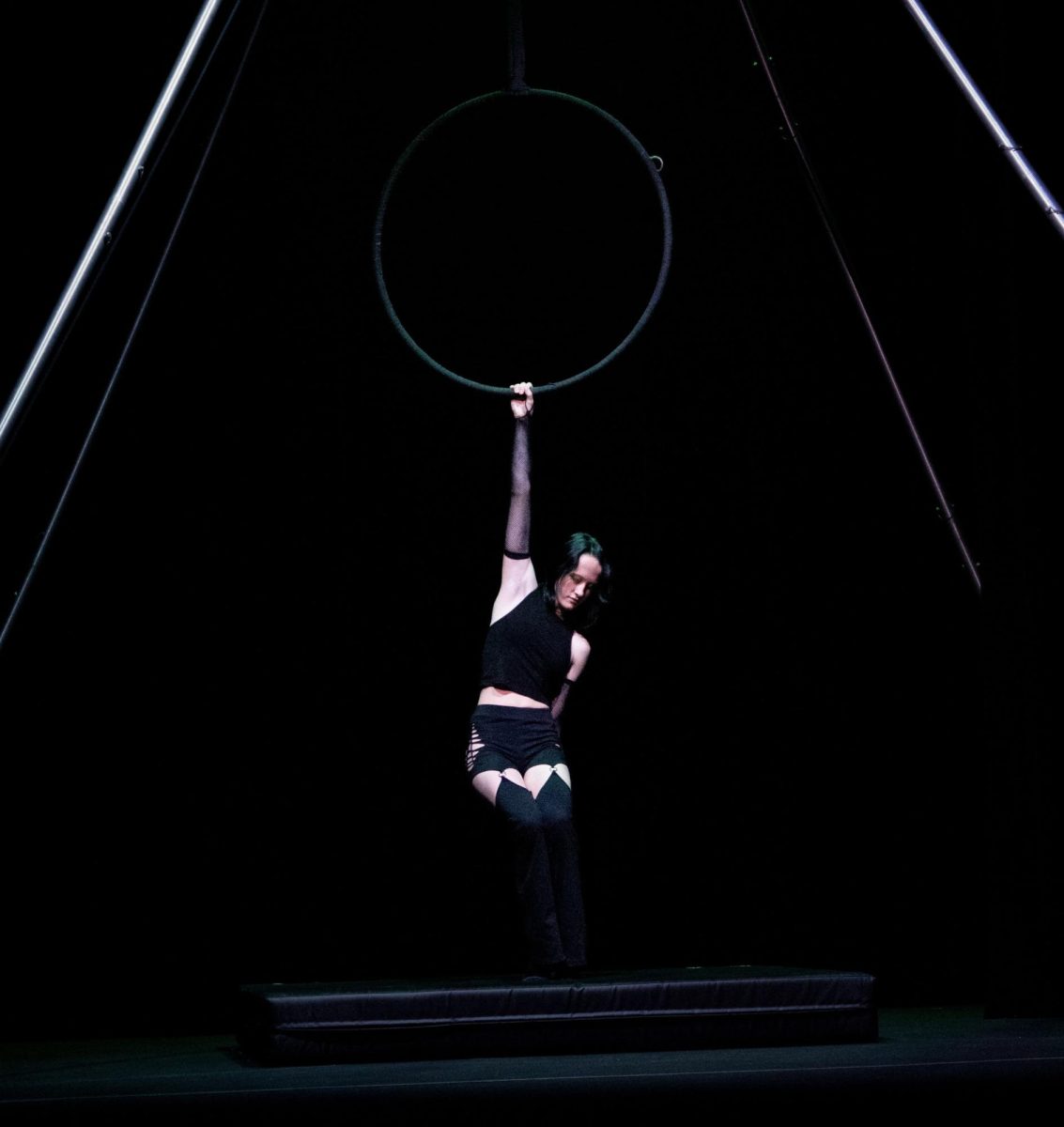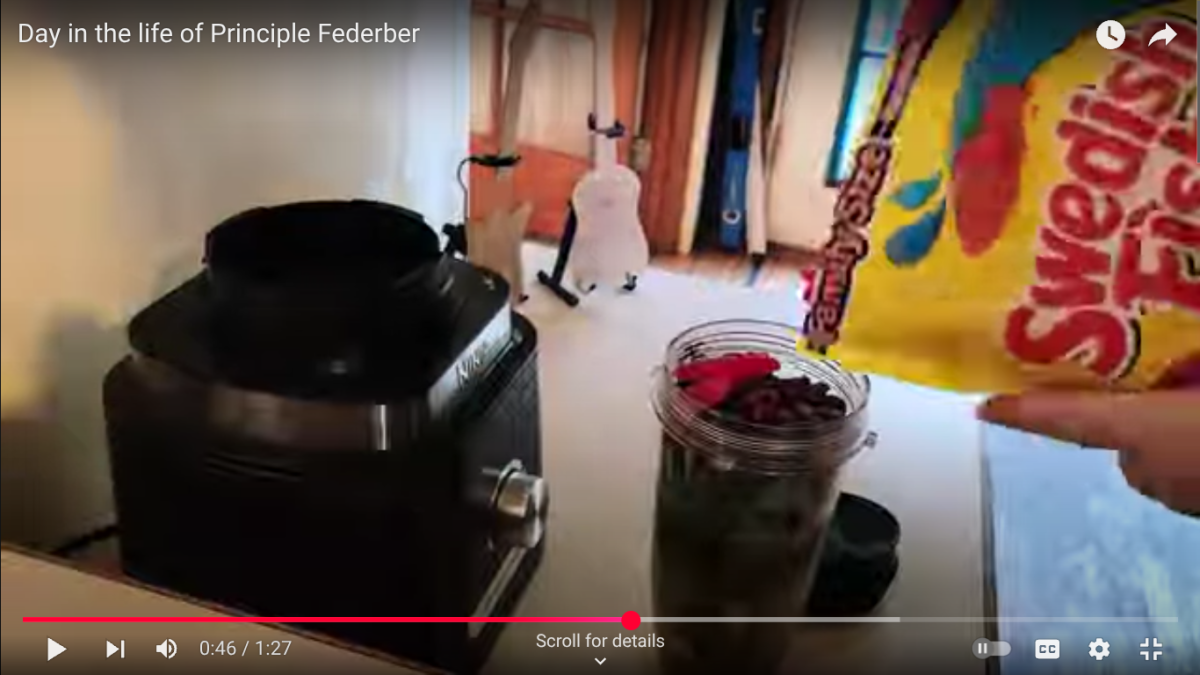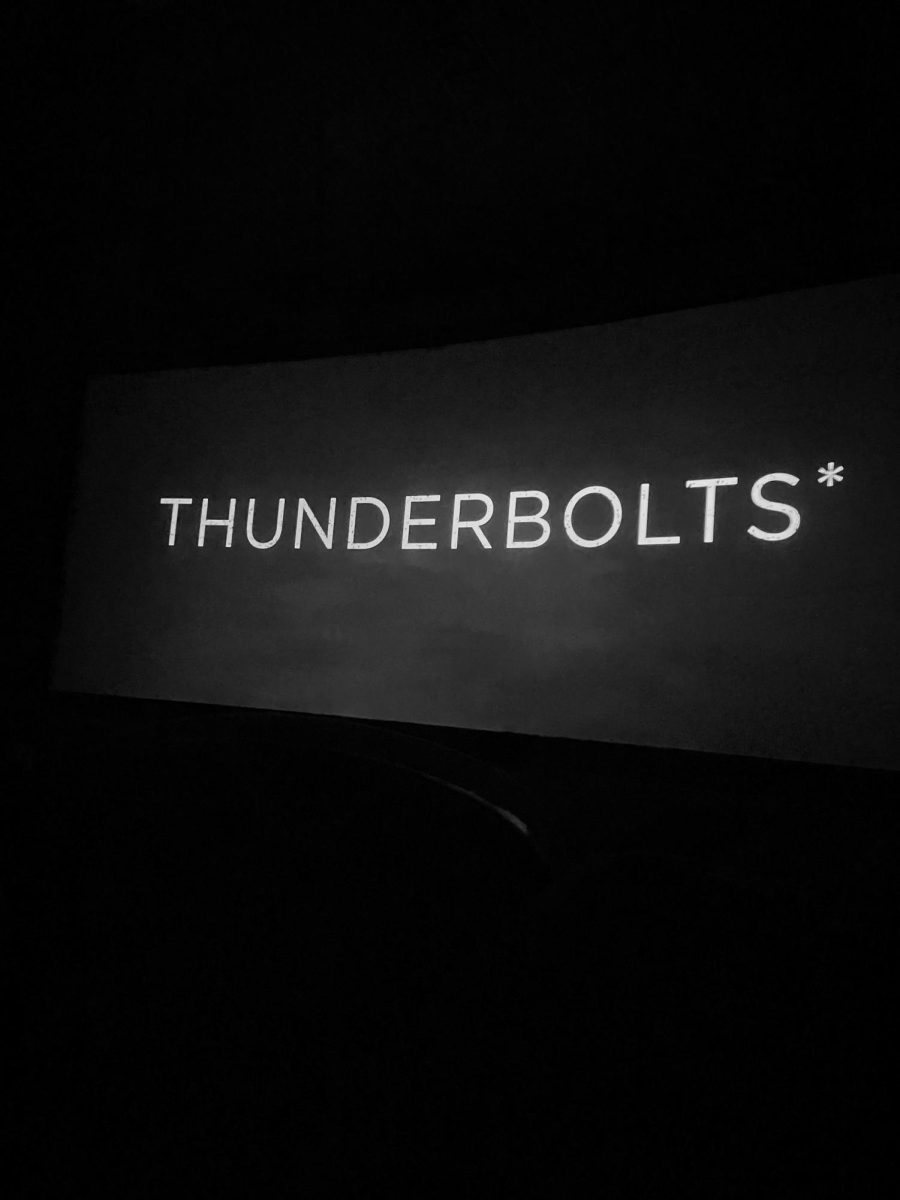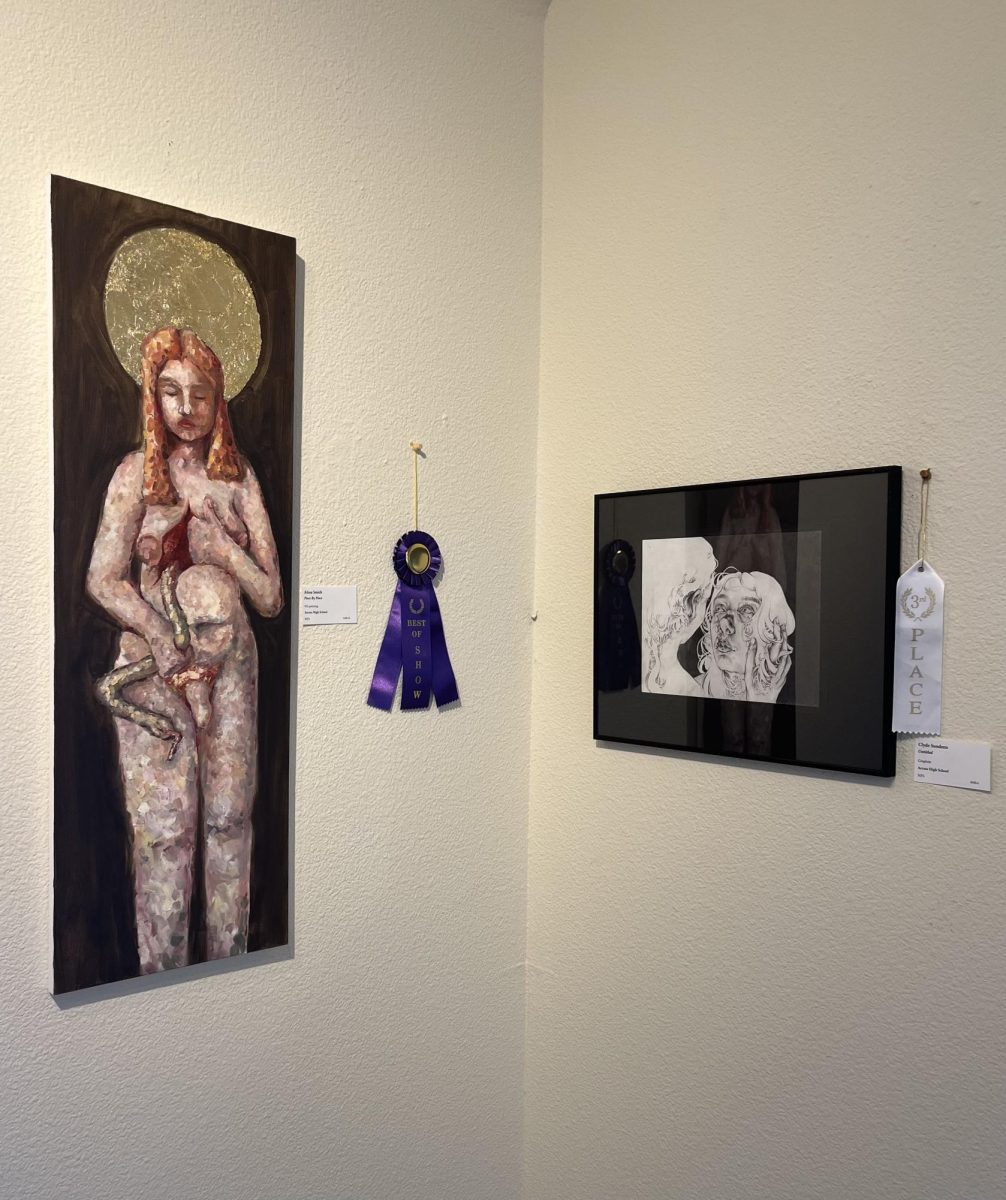There is a scene in the 2014 film “The Fault in Our Stars” where the romantic leads kiss in the Ann Frank house. After following the exceedingly poorly written characters shamble through an uninteresting and deeply cliched plot line for over half the movie, they kiss in the attic that was once the hiding place of Ann Frank during the largest tragedy in the entirety of human history. The lead-up to the scene is equally as odd. We see Hazel, the female lead, slowly struggle up the stairs; lugging behind her is an oxygen tank she carries always as an after-effect of her failing lungs. The voice of a young woman reads out an English translation of Frank’s diary. More and more stairs and ladders appear as the fictional dying girl struggles up the place where the real girl hid.
I struggle to imagine what any of the three men who took part in the writing of this scene were thinking in its inclusion. It may be a comment on the finality of life and infinity that love inspires within a limited time. The movie is very much dedicated to the theme of how love can be unending, even despite the inevitable end. The young lovers the film follows, both with their own forms of cancer, regularly vomit up these themes in the form of some of the most ineptly written dialogue I have ever had the misfortune of hearing. If this is the point of Ann Frank’s house, an attempt to create a dichotomy between these fictional upper-middle-class teens dying within the comfort of modernity and the suffering of a real girl during, I repeat, the largest tragedy in human history, I can’t help but feel disgusted. If it’s not the intent, if, god forbid, this scene simply happens in Ann Frank’s because it’s a location in Amsterdam that is famous and is difficult to move through, I am left feeling even more disgusted. This is what the entirety of the movie is like, though more often to a much lesser degree. Entirely illogical choices leave the viewer unable to identify the intent or meaning behind any character or scene.
Willem Dafoe’s character, Peter van Houten, exemplifies the film’s utter lack of artistic intent or meaning somehow even more. He exists as John Green’s idea of a great artist: a deeply broken and cruel man lost within a 14-year-old’s understanding of nihilism and despair. The entity of his character makes me genuinely question Green’s understanding of art as a whole. It seems as if Green recognizes that he himself is a painfully sophomoric writer so he writes in a truly great writer but at once makes him broken. The film seems to say “I recognize my own ineptitude but at least I’m not like that,” pointing at the jittering mass of childish cliches about great artists that created van Houten. Like the entirety of the cast van Houten isn’t a character but rather an amalgamation of tropes tied together in an attempt to create the illusion of the profound where in reality is only poor writing. Though the film gives van Houten the closest thing to an interesting thing to say as Green can write, it’s still so thoroughly packaged within a deeply cliched and poorly written character that it distracts from the poor writing of the greater message the character is attempting to communicate.
How this deeply immature and cliche film became a beloved classic or how John Green is still able to walk the earth is entirely beyond me, and I can only pray that both of these questions are quickly answered by both becoming no longer true.

